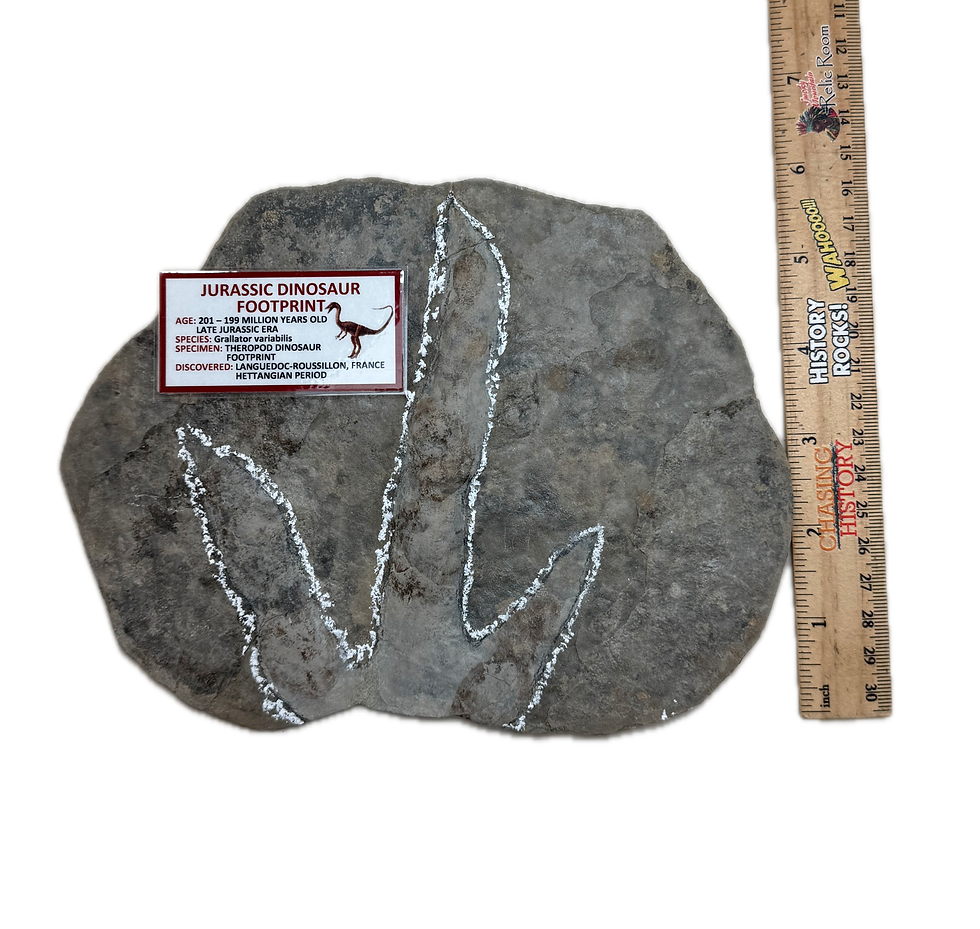Ancient Roman coins provide a fascinating glimpse into the economic, political, and cultural history of one of the greatest civilizations of antiquity. The Roman monetary system underwent significant developments over the centuries, reflecting the evolution of the Roman state and its expanding influence. The earliest Roman coins, known as aes grave, were cast rather than struck and dated back to the 4th century BCE. These primitive forms of currency were made from bronze and served primarily utilitarian purposes in everyday transactions.
The Roman Republic (509–27 BCE) witnessed the transition from aes grave to the introduction of silver denarii, a significant advancement in the history of Roman coinage. Denarii quickly became the backbone of the Roman economy, circulating widely across the vast expanse of the Republic. These coins featured the profiles of prominent political figures, symbols of Roman virtues, and allegorical representations. The use of silver coins marked a departure from the earlier utilitarian approach and reflected a more sophisticated understanding of the economic function of currency.
The rise of the Roman Empire under Augustus (27 BCE–14 CE) brought about further changes in coinage. The imperial portrait became a standard feature on Roman coins, emphasizing the authority and stability of the ruling emperor. Gold aurei and silver denarii became the primary denominations, reflecting the economic prosperity and military might of the Roman Empire. The imagery on these coins often celebrated military victories, imperial achievements, and the emperor's divine associations.
Roman coins not only served as a medium of exchange but also functioned as powerful propaganda tools, disseminating political messages and reinforcing the emperor's authority. Additionally, the widespread circulation of Roman coins facilitated trade and economic integration across the empire, connecting distant regions through a common currency.
Today, ancient Roman coins are highly sought after by collectors and historians alike. These artifacts provide valuable insights into the socio-economic and political dynamics of ancient Rome, offering a tangible link to a bygone era of human history. The study of Roman coinage continues to contribute significantly to our understanding of the complexities of Roman society and its enduring impact on the development of Western civilization.
top of page
SKU: CHCU1
$20.00Price
Related Products
bottom of page





















